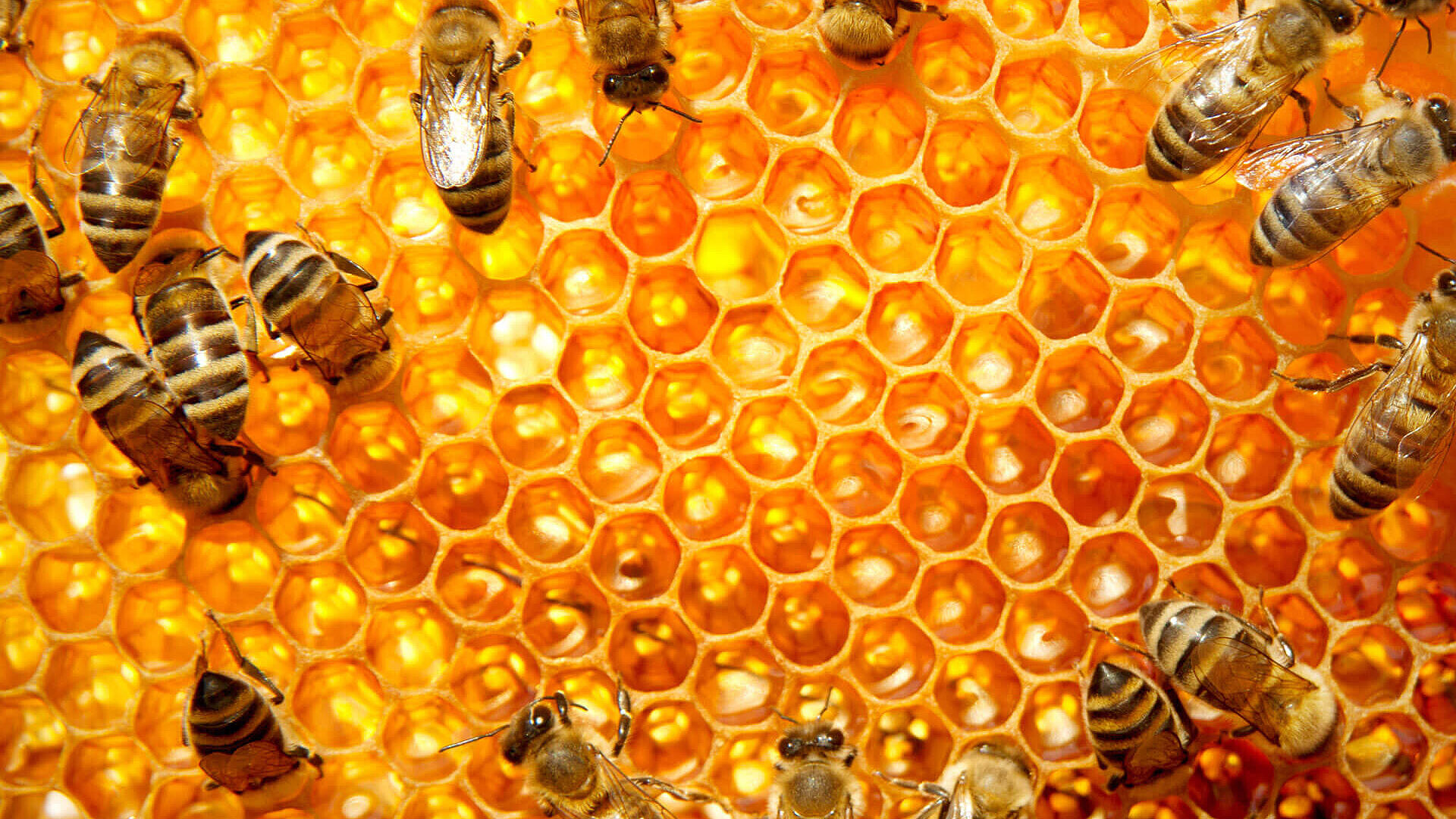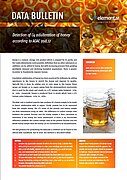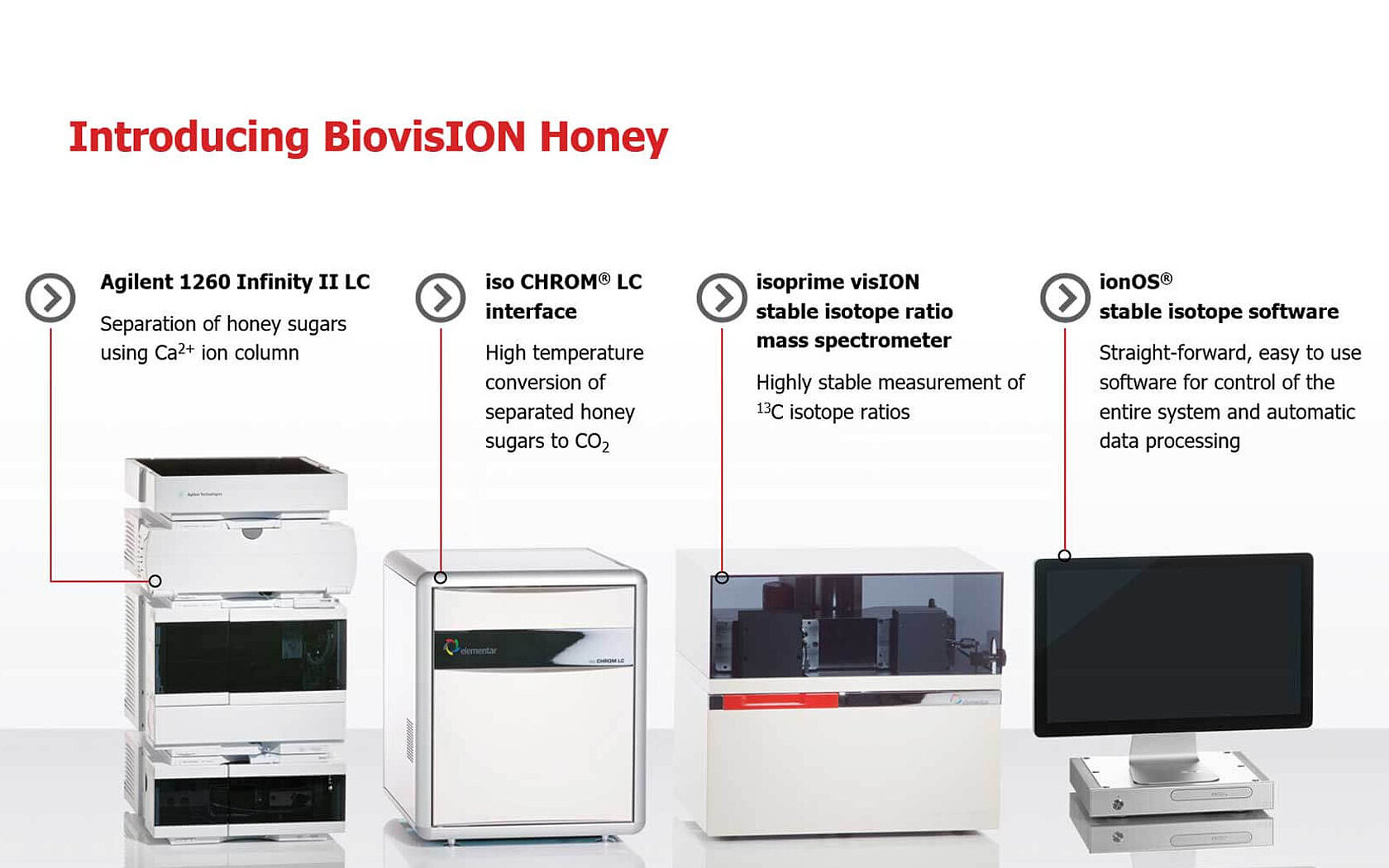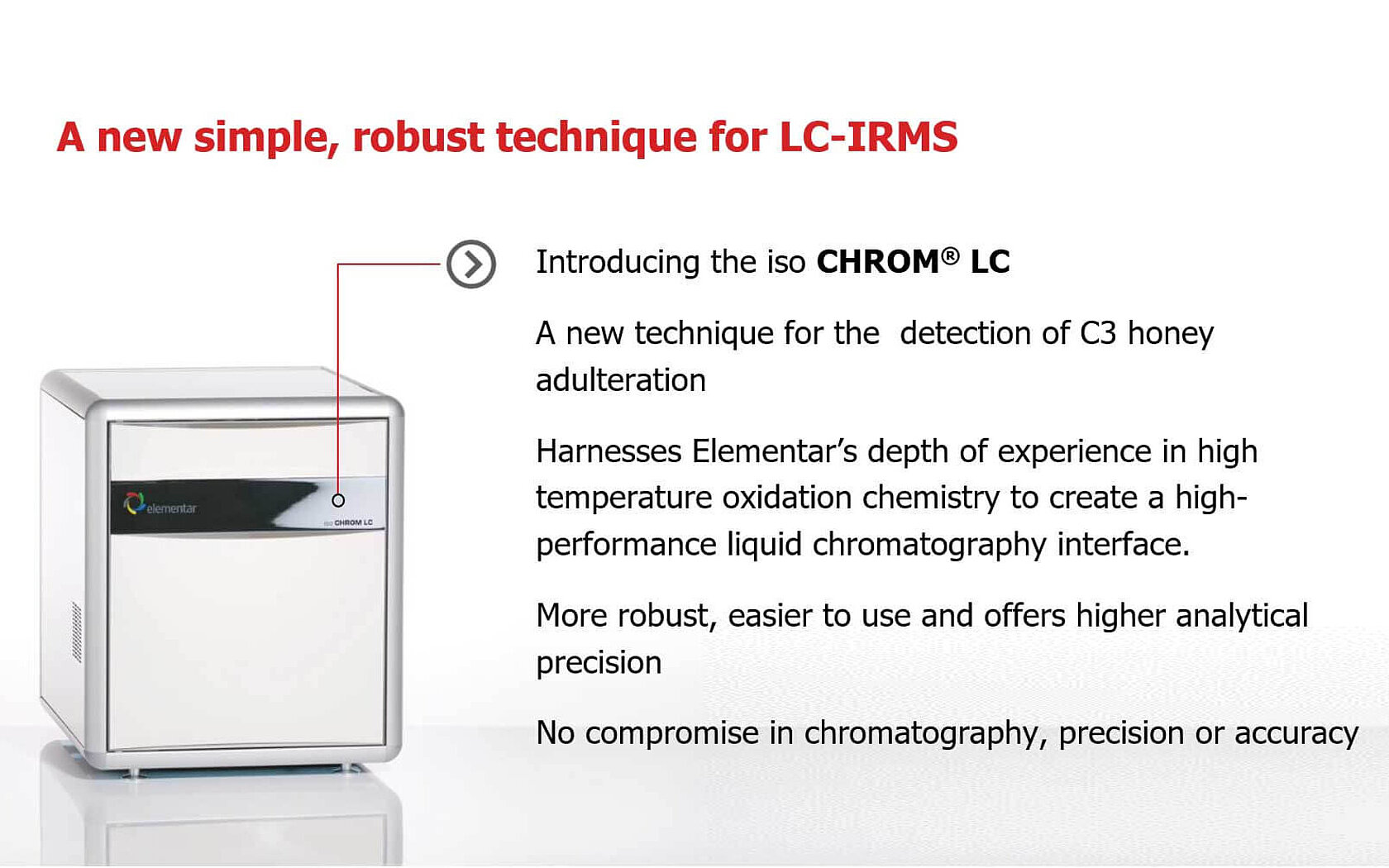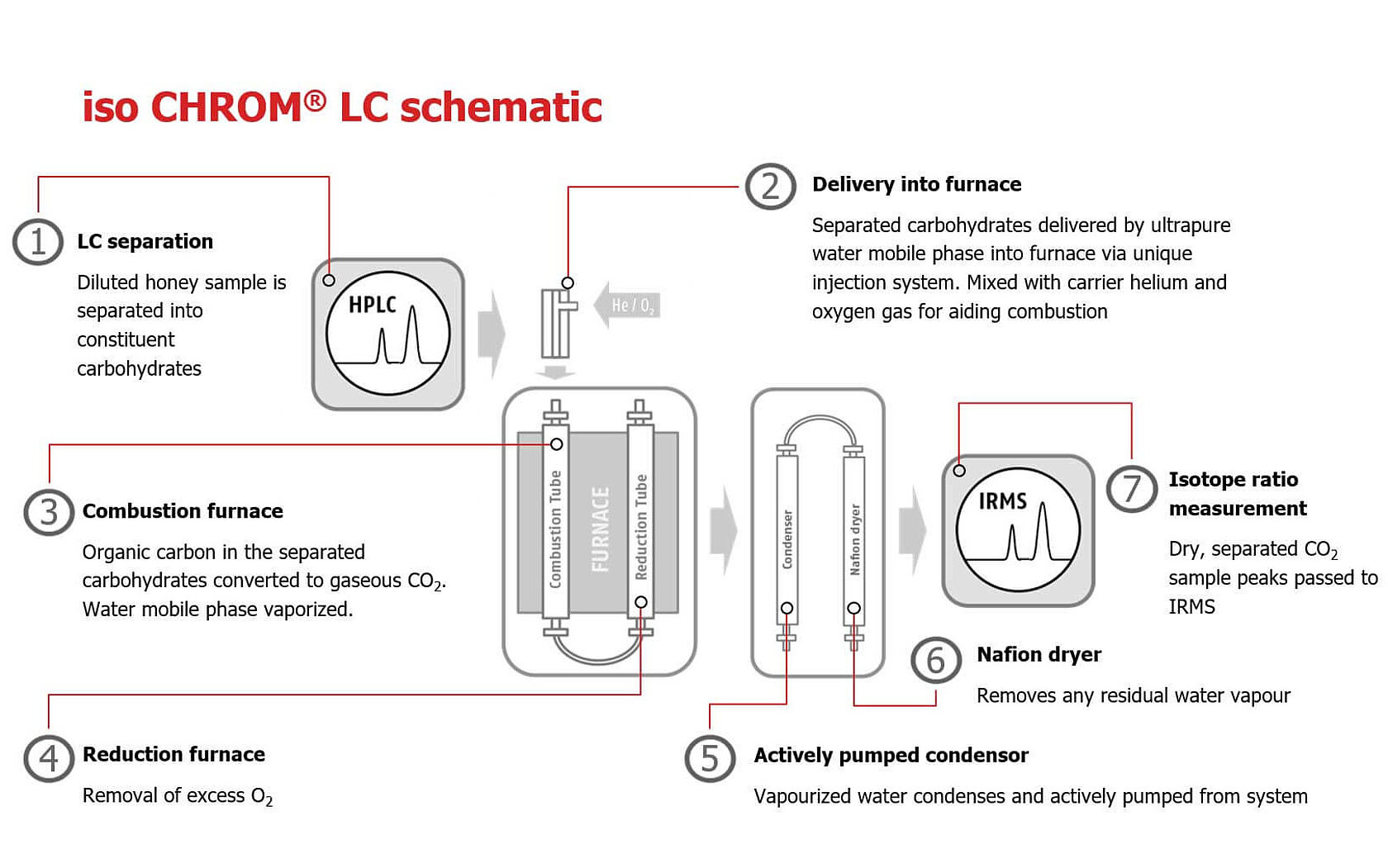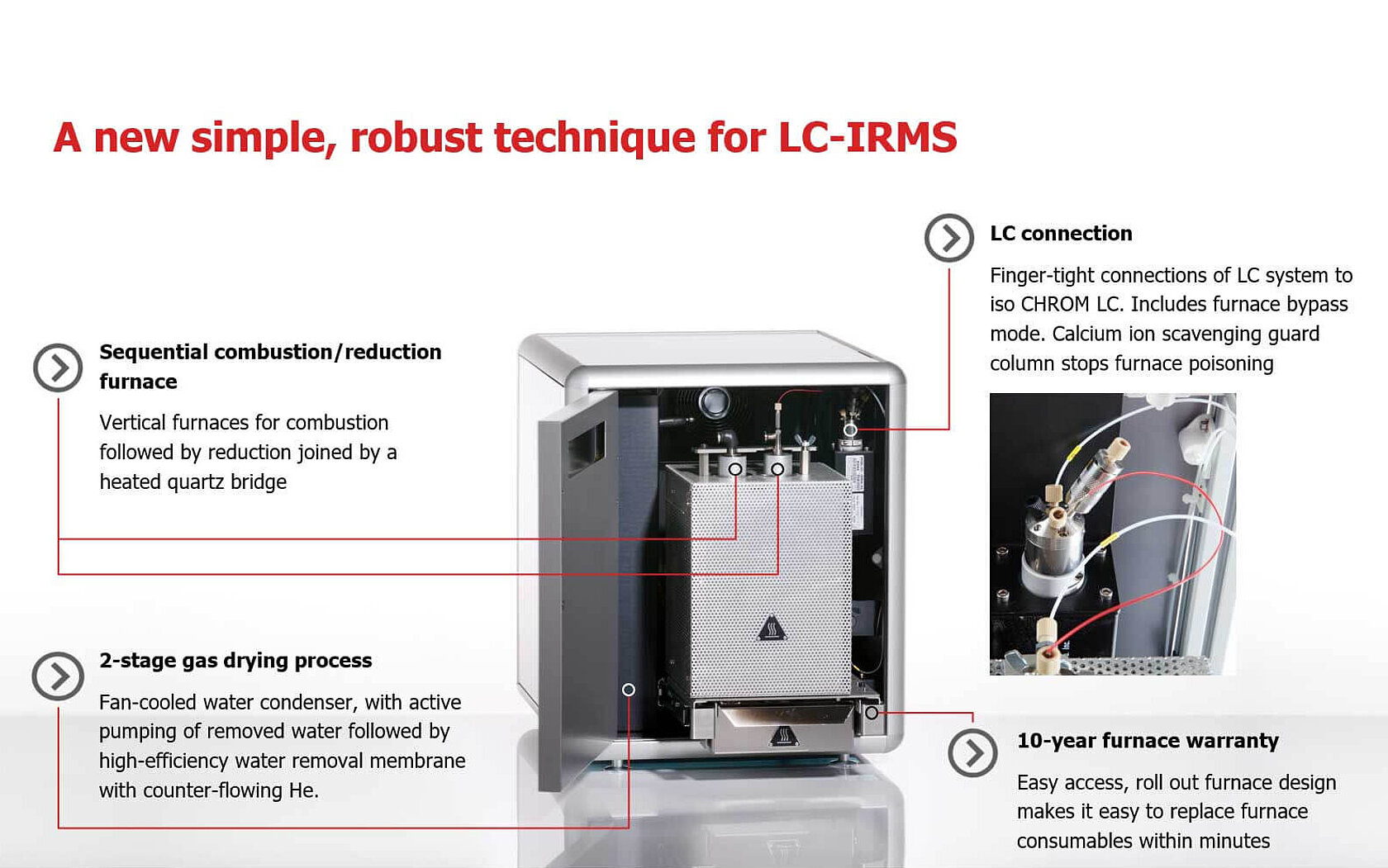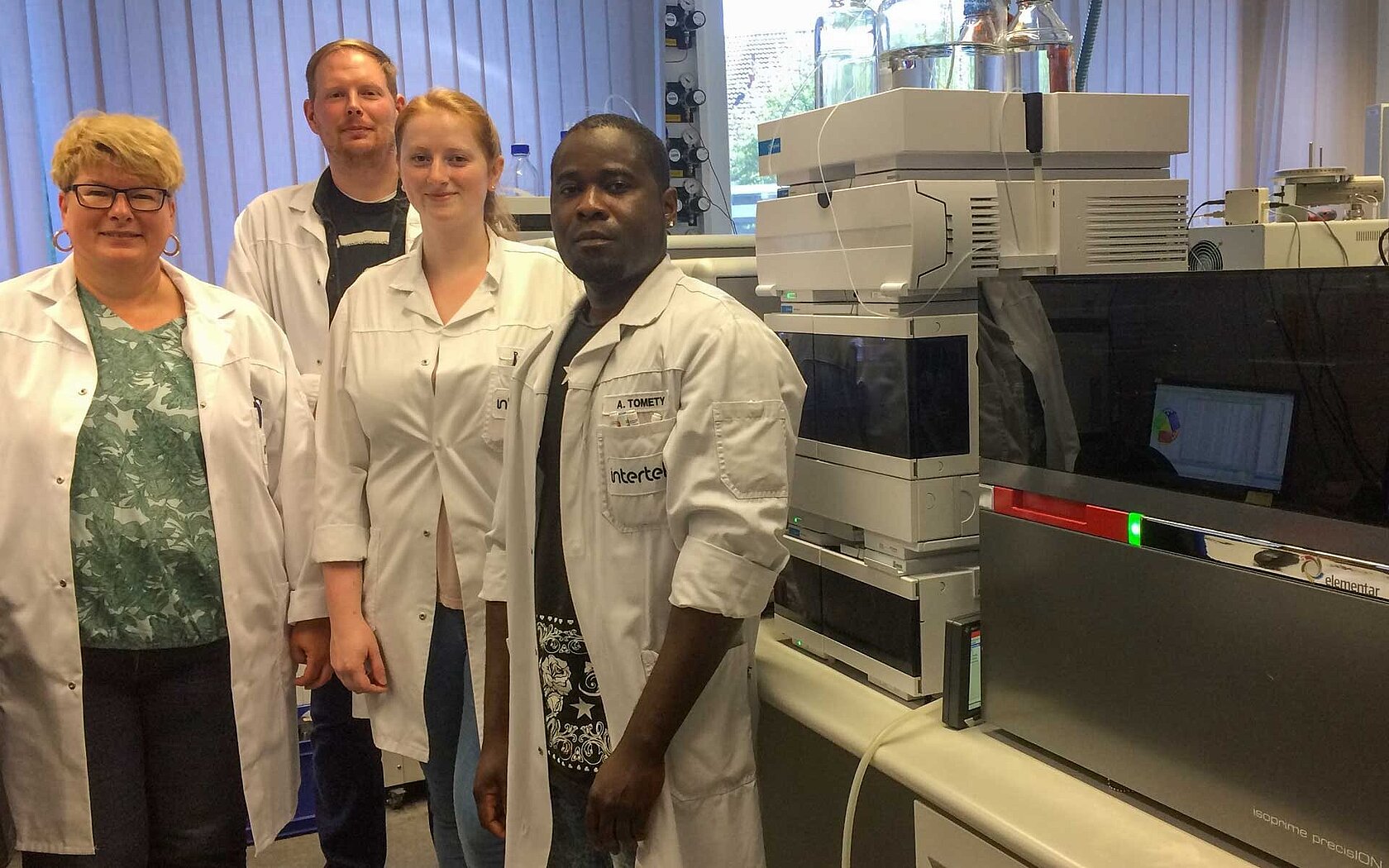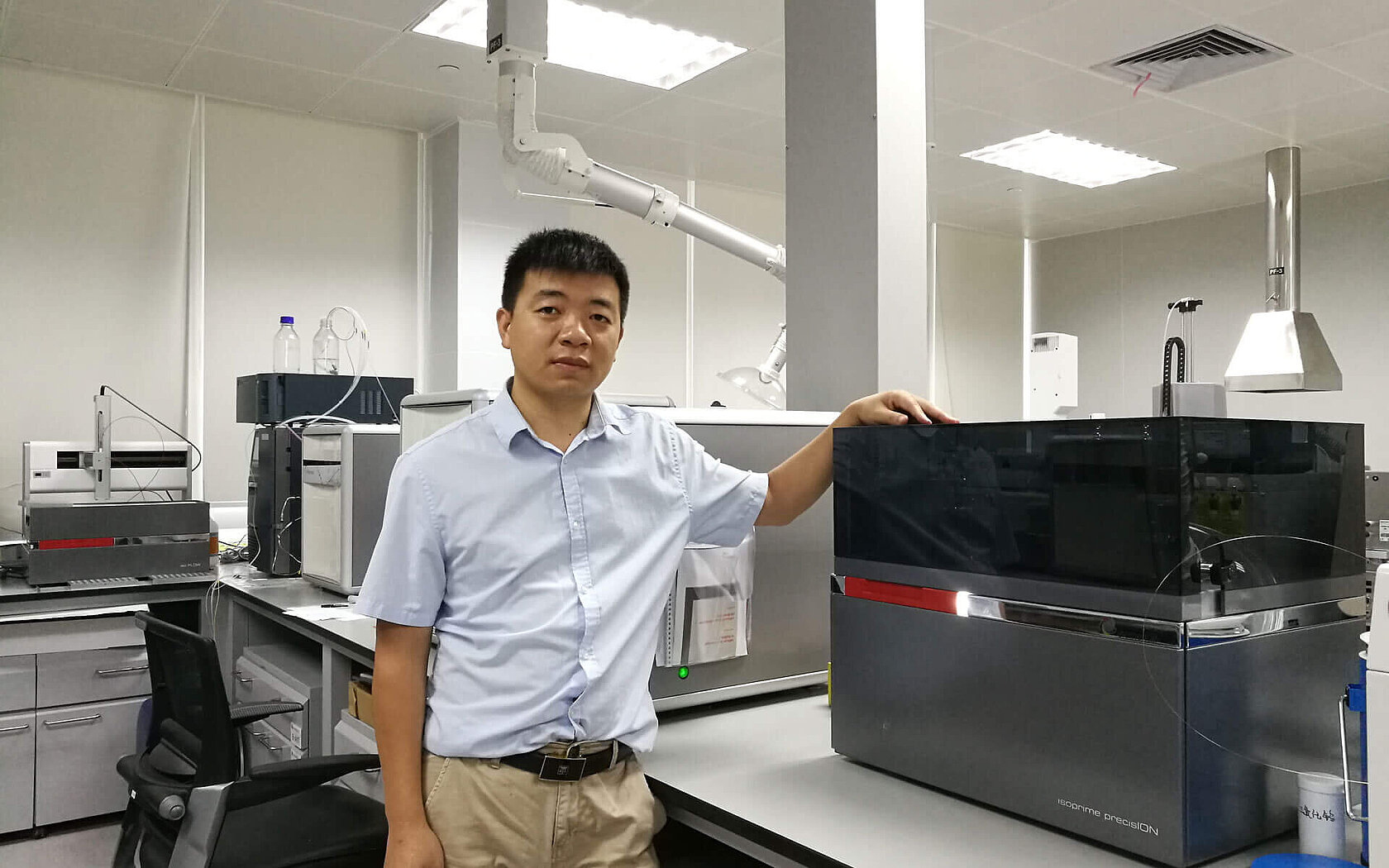Want to know if NMR is better than IRMS for honey testing?
NMR testing is a relatively new approach for testing honey samples for fraud and shows great potential as a non-targeted analytical test. IRMS (sometimes referred to as SIRA) has been, and still is, the only standard method for detecting exogenous sugars in honey. But what does that mean for your laboratory? Will IRMS be surpassed by this new analytical technology? Should you invest you time, energy and money into NMR?
This white paper discusses the situation with NMR and IRMS testing of honey and will provide you with the insight you need as you prepare your honey testing facility for the future.
Download the white paper
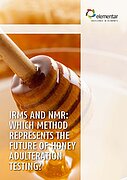
Honey adulteration testing hits the sweet spot
Rising honey prices, more affluent customers, and changing environmental conditions, coupled with bee health issues from pesticides, mites and viruses are putting ever more pressure on honey producers to supply their products, and increasing the likelihood of adulteration being used to satisfy demand.
Official studies of the extent of honey adulteration in the European Union and Canada has been shown to range between 15 - 22 %. Other studies have suggested that adulteration may be considerably more than this. To ensure that producers and consumers are protected from this illegal practice, authorities and industry must invest in analytical testing of honey. Stable carbon isotope ratio analysis (SCIRA) is an established technique in the fight against honey fraud and Elementar is proud to deliver the next generation of SCIRA testing, BiovisION Honey.
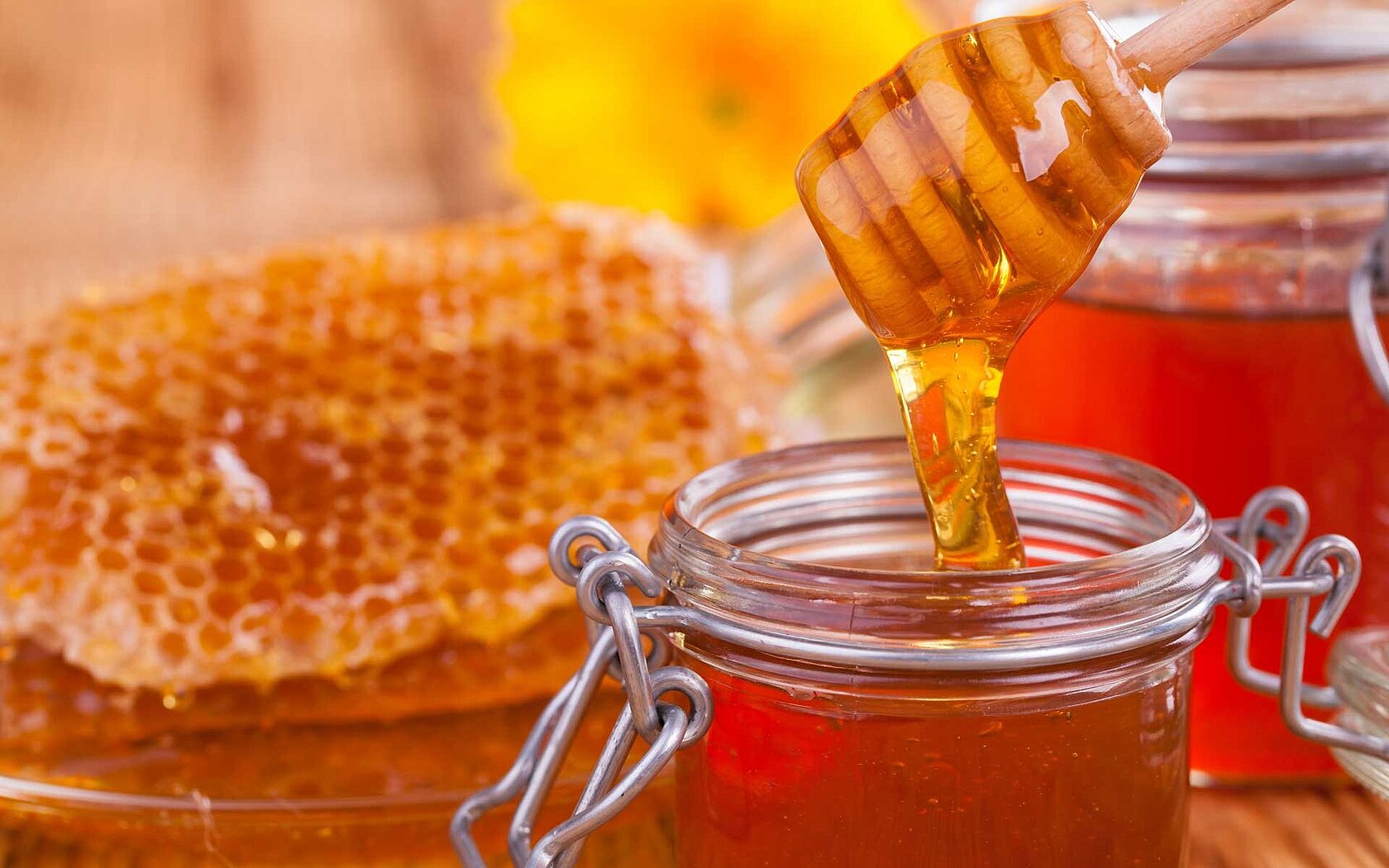
BiovisION Honey, Elementar’s solution for honey fraud detection
Our new BiovisION Honey solution is a complete honey testing platform for the stable carbon isotope ratio analysis (SCIRA) compliant with AOAC 998.12 for C4 honey adulteration as well as the detection of C3 honey adulteration using our new, easy-to-use high temperature combustion method for LC-IRMS.
The same instrument is also capable of validating the geographical origin of honey using multi-elemental isotopic analysis and using chemometric analysis and comparison against a database of authentic samples. For more information, please see the BiovisION Honey product brochure.
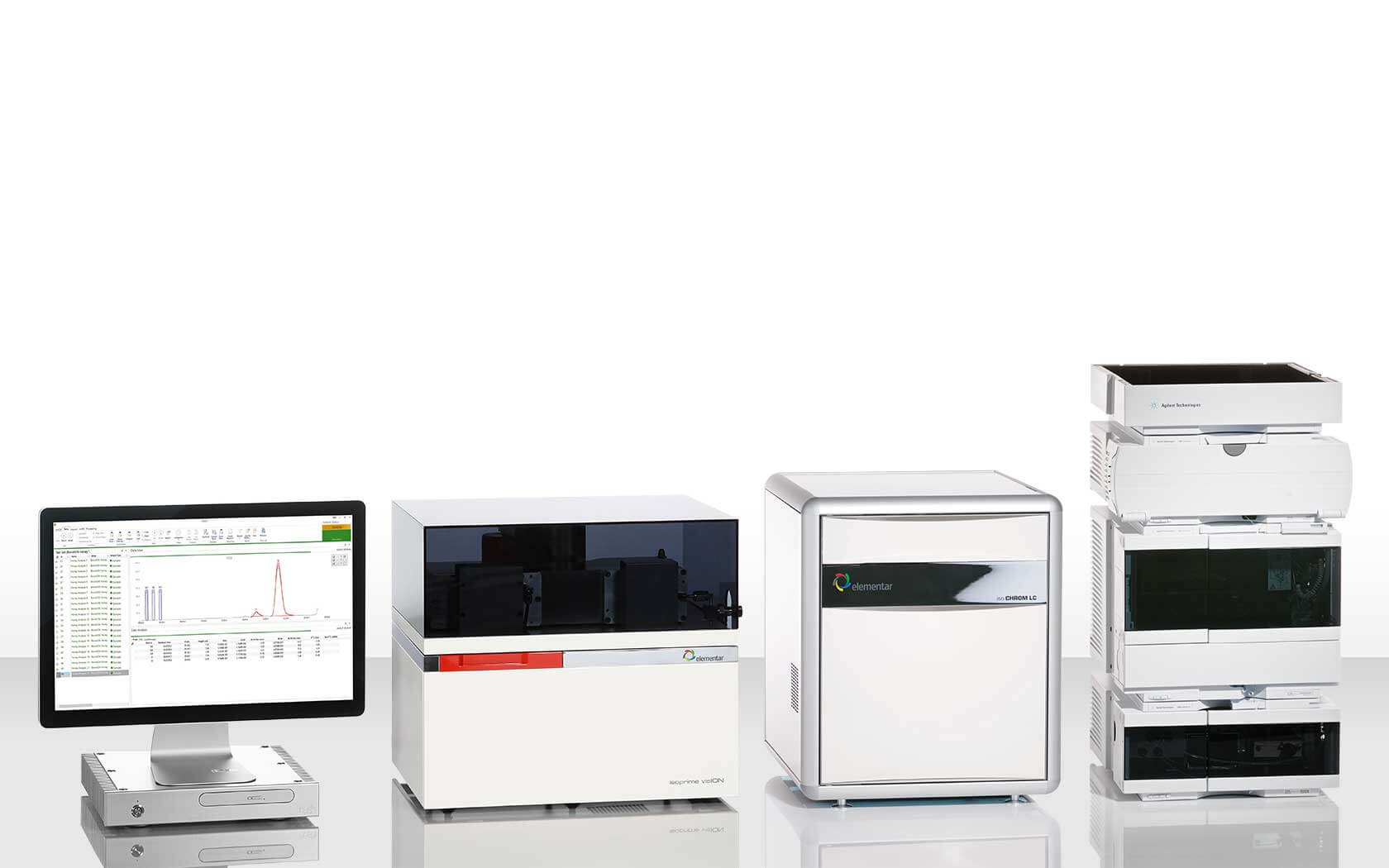
Simpler and more robust than any other system
The BiovisION Honey harnesses Elementar’s extensive experience of high temperature oxidation chemistry to deliver a completely new liquid chromatography– isotope ratio mass spectrometry (LC-IRMS) solution. This new technology is a substantial improvement over existing wet-chemical oxidation LC-IRMS systems which suffer from extensive reliability issues, leading to unaffordable inefficiency in the laboratory. High-temperature oxidation is simpler and significantly more robust generating a better return on investment without compromising analytical quality. Check out our infographic to learn more about how our instrument outperforms its rivals.
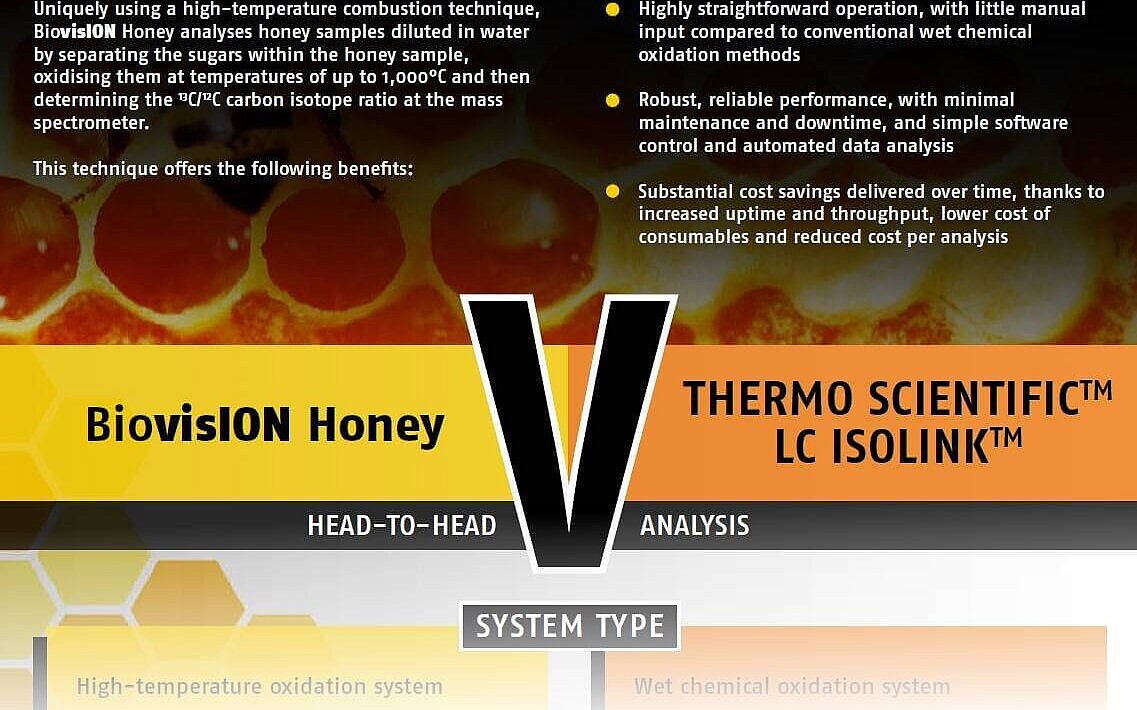
Download our head-to-head analysis
Detect a range of honey fraud with BiovisION Honey
The detection of the adulteration of honey with C4-type sugars is a method standardized by AOAC (998.12). This method utilizes Elemental Analyzer—Isotope Ratio Mass Spectrometer (EA-IRMS). The method determines the δ13C of the honey protein and the honey sugars and determines the difference between them. If the protein and sugars are the same, there is no presence of C4 sugars in the honey. If there is a difference between the values additional C4 sugars are illegally present in the honey.
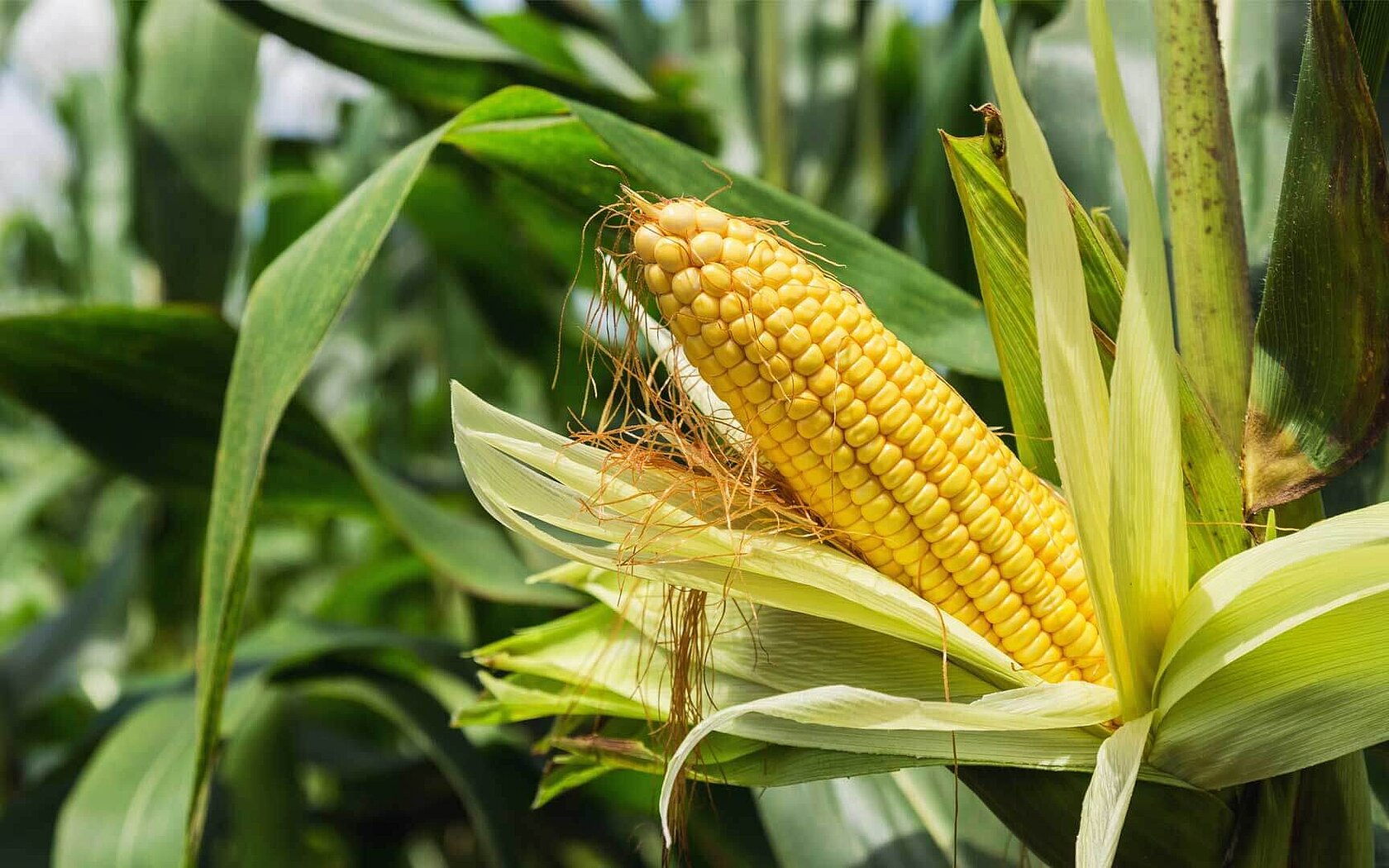
The detection of the adulteration of honey with C3-type sugars requires a more sophisticated method. Since honey is derived from C3-type plants, and adulteration with C3-type sugars cannot be detected by AOAC 998.12 method. Instead, the honey is separated into constituent sugars using liquid chromatography. The separated sugars are then converted to CO2 and the δ13C of the individual sugars is determined. Differences in δ13C value of the carbohydrate are then calculated to evaluate the presence of C3-type sugar adulteration.
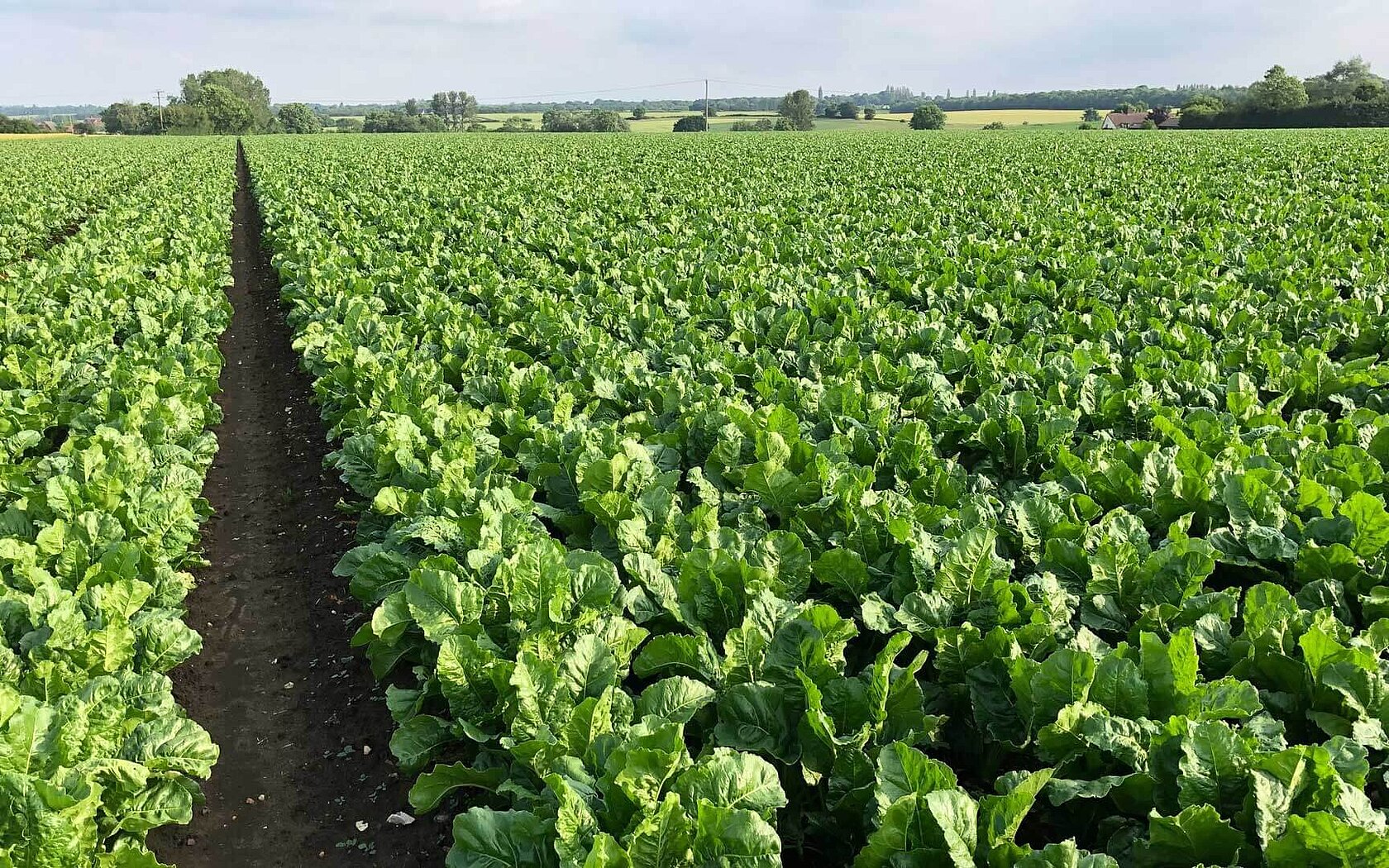
As well as performing adulteration detection, the BiovisION Honey EA-IRMS system can help detect the fraudulent behaviour of declaring honey as a product of a different origin than its true origin. By analyzing the nitrogen, sulfur, hydrogen, and oxygen isotope ratios of honey as well as the carbon isotope ratios, a unique “isotopic fingerprint” can be developed. Coupled to Elementar’s Analytical Results Database (ArDB) software tool, authentic samples can be discerned from fraudulent samples with ease.
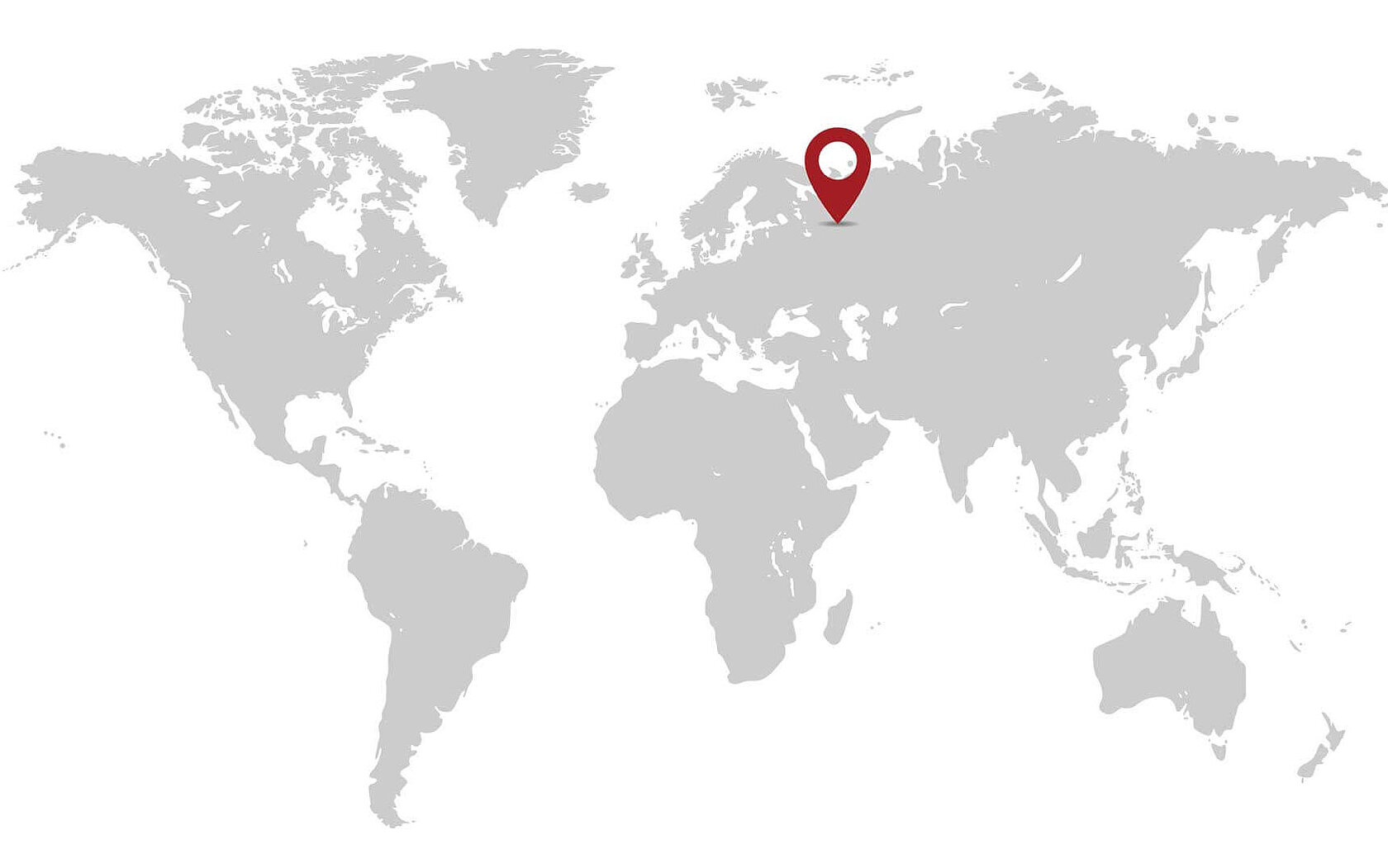
Learn more about C4 and C3 honey fraud detection with BiovisION Honey
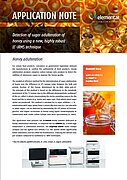

Highlights of BiovisION Honey
Extreme durability
Outstanding robustness and longevity thanks to state-of-the-art technology and a 10-year furnace warranty
Low cost of ownership
Instrument sleep/wake-up functions for reduced consumption of resources
Ease of use
Easy, labor-saving instrument operation and sample preparation, with simplified maintenance
High data quality
Outstanding precision and accuracy through high-performance combustion, no isotope fractionation
How does BiovisION Honey work?
Interested? Contact us!
Contact us if you would like to know more about the BiovisION Honey IRMS system. We will be happy to provide you with further information and schedule an online demo with you.
If you would like to receive our newsletter, by clicking on the “Submit” button you consent to receiving personalized newsletters by email from Elementar Analysensysteme GmbH and its group companies, as well as to the evaluation of my user behavior in this regard and – if available – the merging of this data with my data in our customer database.
In order to receive newsletters from our group companies, it is necessary to transmit the above-mentioned data to them. We would like to point out that some of our group companies are located in so-called unsafe third countries outside the EU/EEA, where an adequate level of data protection (e.g. through an adequacy decision by the EU as defined in Art. 45 GDPR) is not guaranteed. There, you may not be able to enforce your rights as a data subject, or only to a limited extent. In addition, it is possible that state agencies there may access your data to an unreasonable extent. The data transfer to these recipients is therefore only legitimized by your consent according to Art. 49 para. 1 lit. a) GDPR, which you give by clicking on the “Submit” button.
The newsletter can be canceled at any time with effect for the future and my consent to the third-country transfer can also be revoked at any time. A revocation does not affect the legality of the processing carried out on the basis of the consent until the revocation. For more information, please refer to our privacy policy
